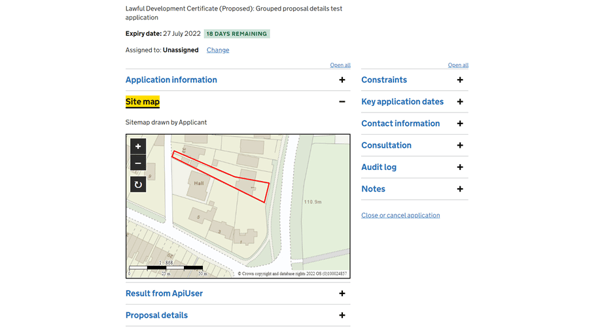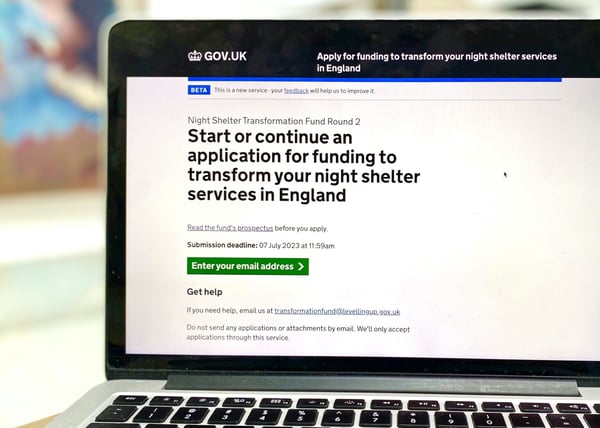10 councils to test the use of digital tools in planning process
The Government has announced a new £1.1 million fund to test the use of digital tools and data standards across 10 local areas.
The pathfinder programme will look at the digital transformation of local plans which will increase community involvement and speed up the planning process.
This follows on from the planning white paper ‘Planning for the future’, published in August 2020, which proposed reforms to the planning system to streamline and modernise the planning process.
By introducing a digital system that makes plans map-based and accessible online, local people will be able to engage with planning in their local area, which will help get homes built quicker.
The 10 local councils selected are:
- Newcastle City Council and Gateshead Council
- Stratford upon Avon District Council and Warwick District Council
- Plymouth City Council, South Hams District Council and West Devon Borough Council
- Dacorum Borough Council
- Broxbourne Borough Council
- Birmingham City Council
- East Suffolk Council
- London Borough Hounslow
- Royal Borough of Kensington and Chelsea
- Ashford Borough Council
 "We are extremely pleased to be selected as one of 10 local authorities to test how existing local plans can adapt to a new approach," said Cllr David Ritchie, Cabinet Member for Planning and Coastal Management at East Suffolk Council. "We welcome this opportunity to engage directly with MHCLG and other local authorities to assist in informing and shaping a more digitised and interactive local plan process. We hope that this will not only increase community participation but will also speed up the planning process."
"We are extremely pleased to be selected as one of 10 local authorities to test how existing local plans can adapt to a new approach," said Cllr David Ritchie, Cabinet Member for Planning and Coastal Management at East Suffolk Council. "We welcome this opportunity to engage directly with MHCLG and other local authorities to assist in informing and shaping a more digitised and interactive local plan process. We hope that this will not only increase community participation but will also speed up the planning process."
Councils will test how existing local plans translate into the new system, including moving away from long text documents to an interactive map with accompanying annotation document, and the adaptation of existing site allocation policies into the proposed land categorisation format.
This will enable planners to understand the impact of proposed land designations and associated policy implications on land allocations and inform a wide range of policies across the reform programme.
Community engagement will continue to play a key role for ensuring that the right levels of growth are identified to meet the needs of the community. In the new system digital tools will be key for making planning proposals more accessible and interactive, supporting the ambition for more effective community engagement.
"We are moving away from notices on lamp posts to an interactive and accessible map-based online system – placing planning at the fingertips of people," said Housing Minister Rt Hon Christopher Pincher MP. "This announcement will ensure the planning process will be brought into the digital age. Communities will be reconnected to a planning process that is supposed to serve them, with residents more engaged over what happens in their areas. While the current system excludes residents, who do not have the time to contribute to the lengthy and complex planning process, local democracy and accountability will now be enhanced by technology and transparency."






